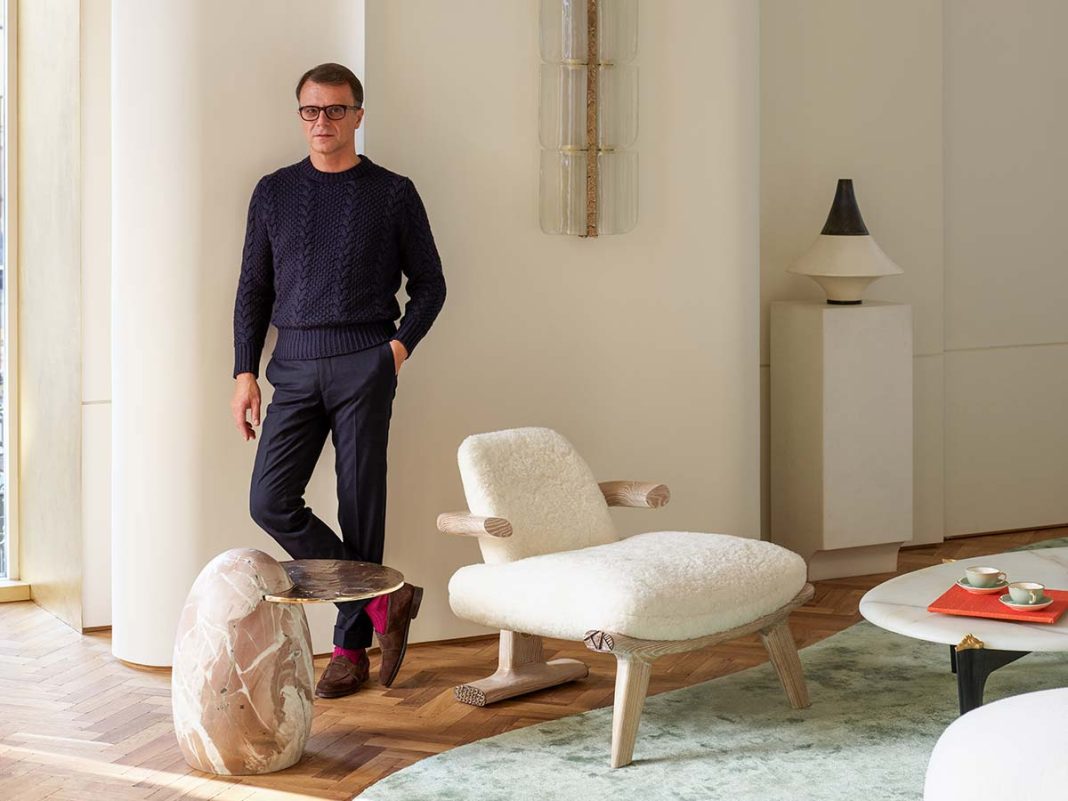Few materials, many details. Sophisticated references and architectural inspirations from afar. Whether it’s for a villa or a yacht, Achille Salvagni designs objects for interiors where everything is in perfect harmony. His stylistic choices and solutions are symbiotic, marked by painstaking attention to detail. The materials seem molded, almost “hollowed out”, a perfect mix between the classic and the contemporary, with historical allusions and architectural inspirations that stretch from Ancient Rome to the Renaissance, the Baroque, the 1920s, 1930s, and the present day. Nothing is taken for granted, everything is designed for that exact place, and the interplay of contrasts creates unexpected effects. He tells us more in this interview.
You work in various realms, from the residential to the nautical. Where do you feel most comfortable?
My studio focuses on three main fields: large homes, sailing and motor yachts, and design pieces, the last of which has evolved primarily into limited-edition furniture design. This is what I’ve become most known for lately and it has given me the freedom to create like an artist. Without a specific client in mind, I’m not constrained by materials, costs, or time. It’s the most extreme niche in the design world. If we associate ready-to-wear fashion with industrial design, then my new object collection is more like haute couture.
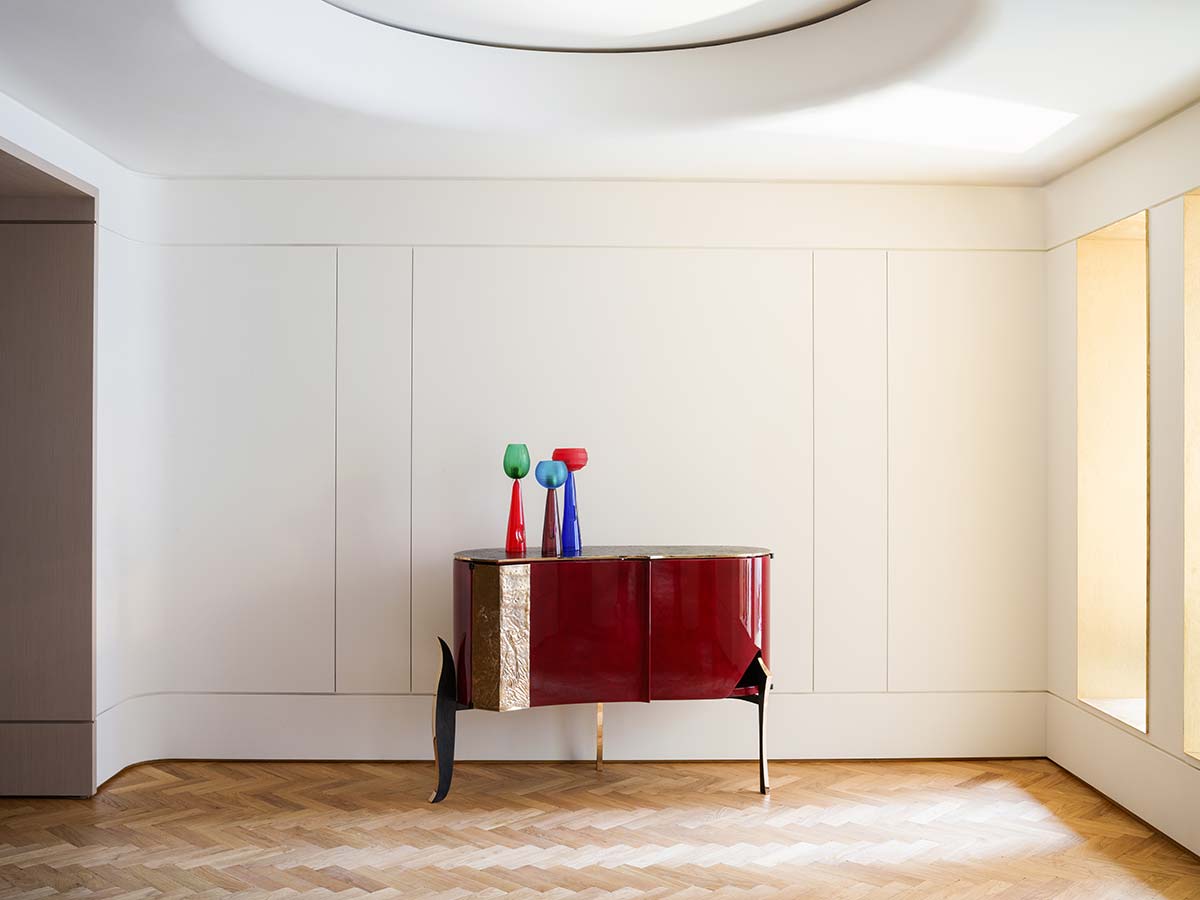
Achille Salvagni Atelier, London

Achille Salvagni Atelier, London
How did you get into limited-edition furniture design?
The springboard was my work on the Numptia (a 70-meter megayacht by Rossinavi launched in 2011, ed.) where everything from the handles to the cabinets was custom made and designed. One example is a 6-meter-long table that is the dominant feature of the living room, a large cuttlefish bone made of nickel silver, which is a silver-aluminum alloy that looks almost golden when it reflects light, evoking the movements of sand and water.
And after that?
Then 8 years ago I created Achille Salvagni Atelier, a special section of my studio devoted to creating unique design objects. In London we have a gallery in Mayfair to showcase this work and soon we’ll open another one in New York. Now my pieces are collected all over the world by people like George Soros, Norman Foster, Bryan McCarthy, Tom Ford, Paul Simon, and Michael Bloomberg. Some of my objects have been auctioned off at Sotheby’s in London and Hong Kong or at Piasa in Paris alongside furniture by the likes of Gio Ponti and Carlo Mollino.
Where do you find your inspiration?
The work we do in the Atelier is a union of my Roman background and historical knowledge, with a lot of Ancient Rome, Baroque, and classicism, along with nods to Swedish design and Alvar Aalto.
An unusual mix…
I grew up in Rome surrounded by classical beauty and graduated in architecture from La Sapienza, but I spent my final year at the Royal Institute of Technology in Stockholm absorbing the poetics of bentwood. So, I merged some of my Italianness with compositional poetics tied to the work of Nordic architects like Folke Arström, Alvar Aalto, and Sigmund Leverentz who codified organic rationalism so that nature steps in and prevails over rigid forms before bending to become nature again.

Trideck by Azimut Yachts
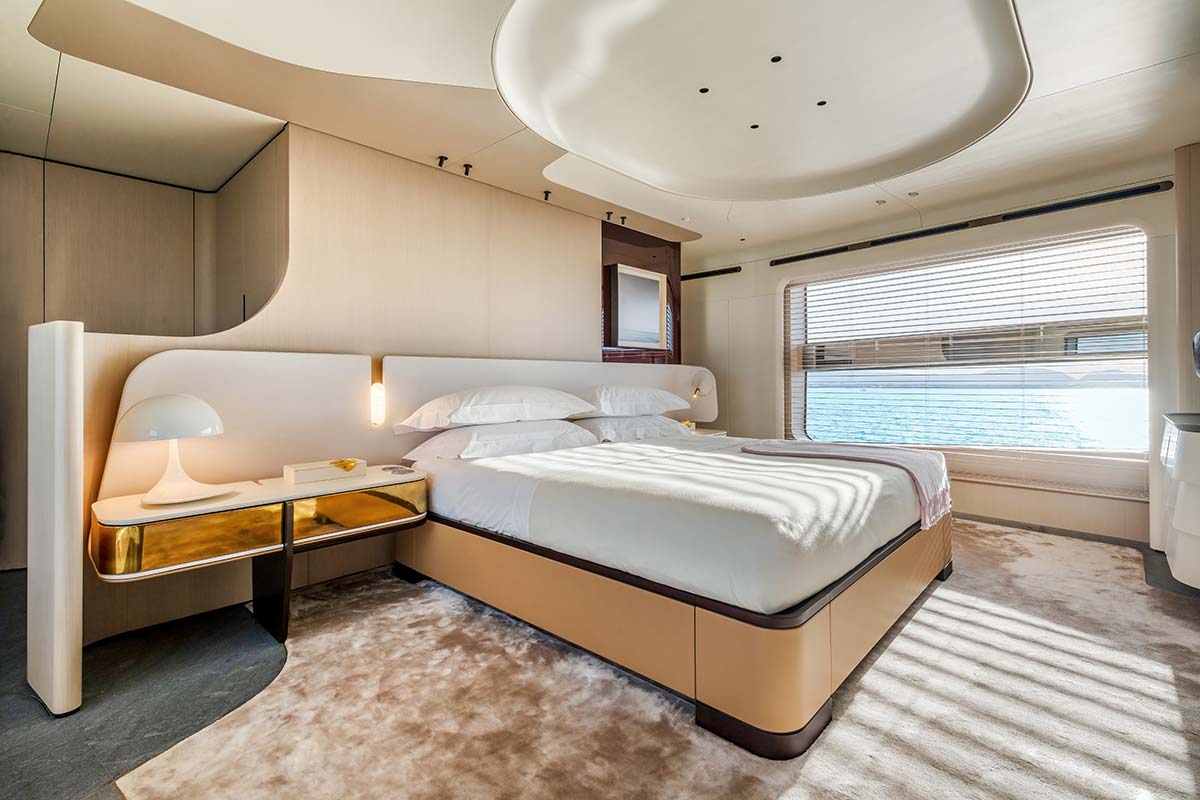
Trideck by Azimut Yachts
How did you become interested in nautical design?
It started on dry land. I went from designing home interiors to those of boats, and from there moved on to more luxurious, higher-status projects. The world of yachts became a showcase for my work in realms that I would have struggled to access otherwise.
What was the first boat you worked on?
Mikimar, a 36-meter Canados yacht (in 2003). I was already working with the clients on an office building, and they offered me this job. I had recently graduated and was inexperienced but full of passion. It was challenging, but I liked the work and my success with it opened doors to a new industry; after that came designs for Oceanco, Rossinavi, Azimut Benetti, and Baglietto, among others.

Trideck by Azimut Yachts
Residential and nautical design are quite similar areas. Does the experience cross over?
Though the residential and the nautical realms may be similar, you have to be careful not to create a monster. I find it quite aberrant to take residential design lessons and apply them to boat design because boats aren’t houses. The compositional logic isn’t the same. But there are some things you can carry over. It’s one thing to apply what you’ve learned, and quite another to design yachts like they’re homes or homes like they’re yachts. Home design lets you try out different combinations of things. Boat designs are developed around a codified theme from the start, whereas I can codify a home many times and each time I can experience the space and decide to change the dimensions, surfaces, colors, etc. If I want, homes let me work in an almost Renaissance, completely artisanal way.
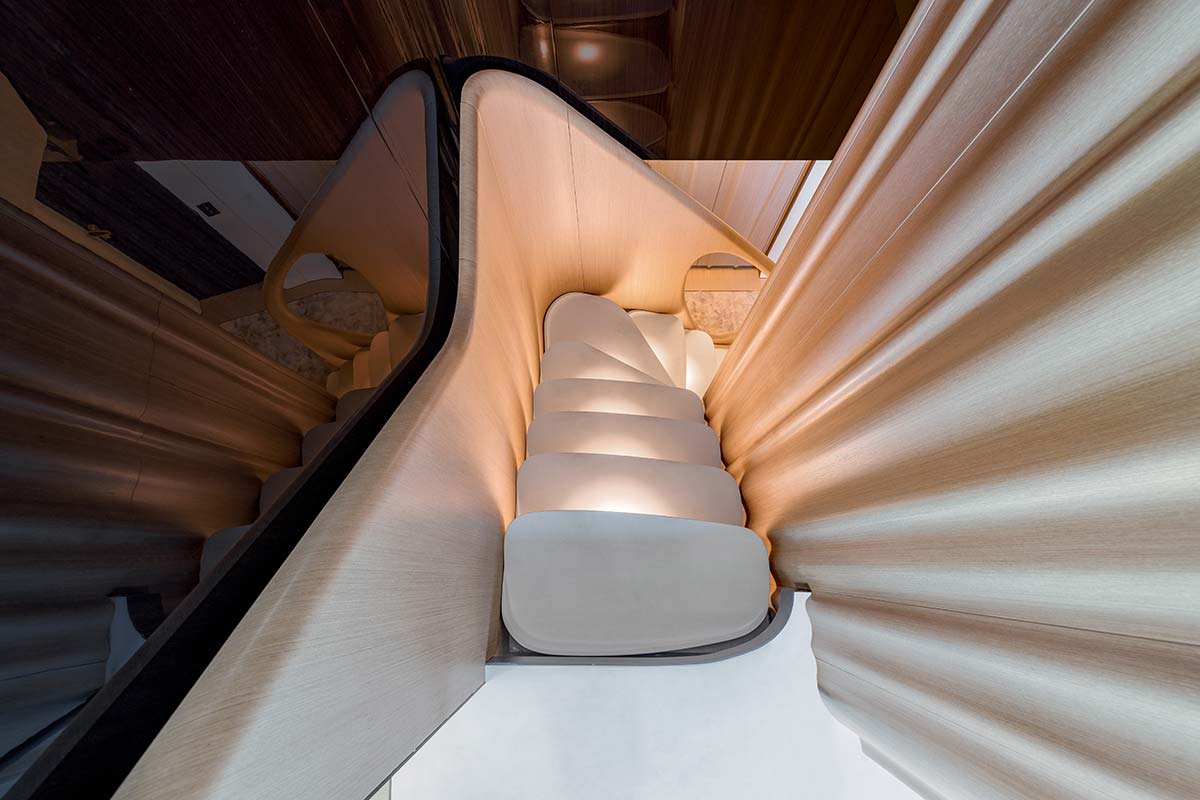
Club M by Baglietto
Speaking of the Renaissance, you often make historical references…
I consider myself an omnivore and I’m constantly reading about everything from art and fashion to culture in general. I’m also a huge history buff. This mix of knowledge and experience at different levels underpins all my designs. For example, in Baglietto’s Club M yacht we used Egyptian linens and materials that feel like Renaissance velvet. Borromini’s ideas inspired my design of the master cabin where I tried to use optical illusions and architectural artifice to expand an otherwise very constricted space.
Culture is the basis of each design. Do you always find clients as cultured as you?
No, but they are often beguiled by the themes I suggest. I think my work results from a constant search for perfection – in design and implementation – which ultimately finds its highest expression in close study and research.
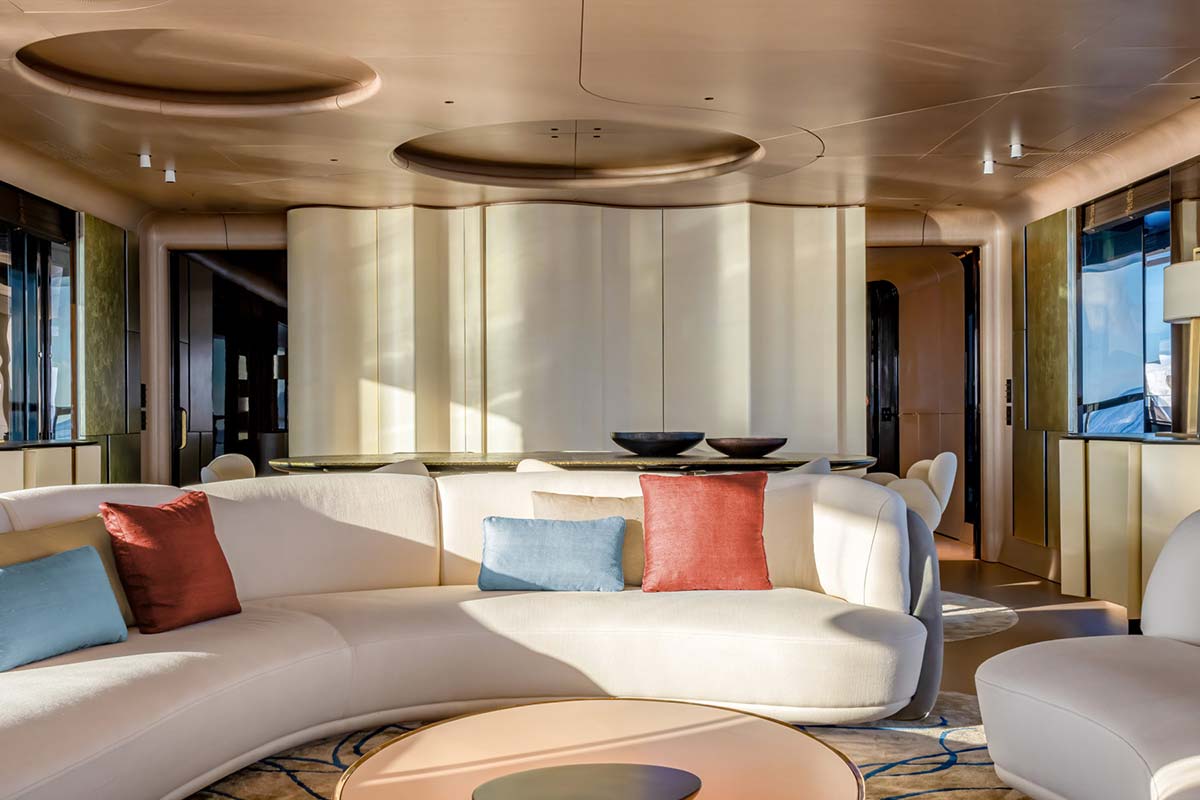
Club M by Baglietto
How do you make a place unique?
In all my designs, I create a neutral shell with accents that add touches of uniqueness, be it an artwork or a design object, a particular texture or color. There’s always something slightly off-kilter: an art piece or a design object, a sudden change in scale or dimensional ratios. I also tend to create spaces that seem carved out, not added to; monochromatic places in which the plaster seems as if it were dug away by hand and as if the wood were planed and carved out from a solid piece. I like the idea of fluid visuals. I think it comes closer to human nature. I use soft, fluid forms to make more gentle the rigid lines that all rationalist architecture has forced on us, but that are less comfortable to our senses.
In your designs, you often start with a theme. For Club M it was an interstellar voyage. Do you also take this approach in your home designs?
Boats let you create stories within them that harmonize with their surroundings. They are moving objects whose scenery and geographic location are constantly changing. They create harmony because their interiors are designed to tell a finite story. Not so in the home. The lights and reflections that are created happen only in that home. Though part of an inspirational scenario, the placement of works or objects is strongly conditioned by the setting and owner. I obviously don’t take the same design approach for a home overlooking Central Park as for one in Cairo or in an alpine valley.
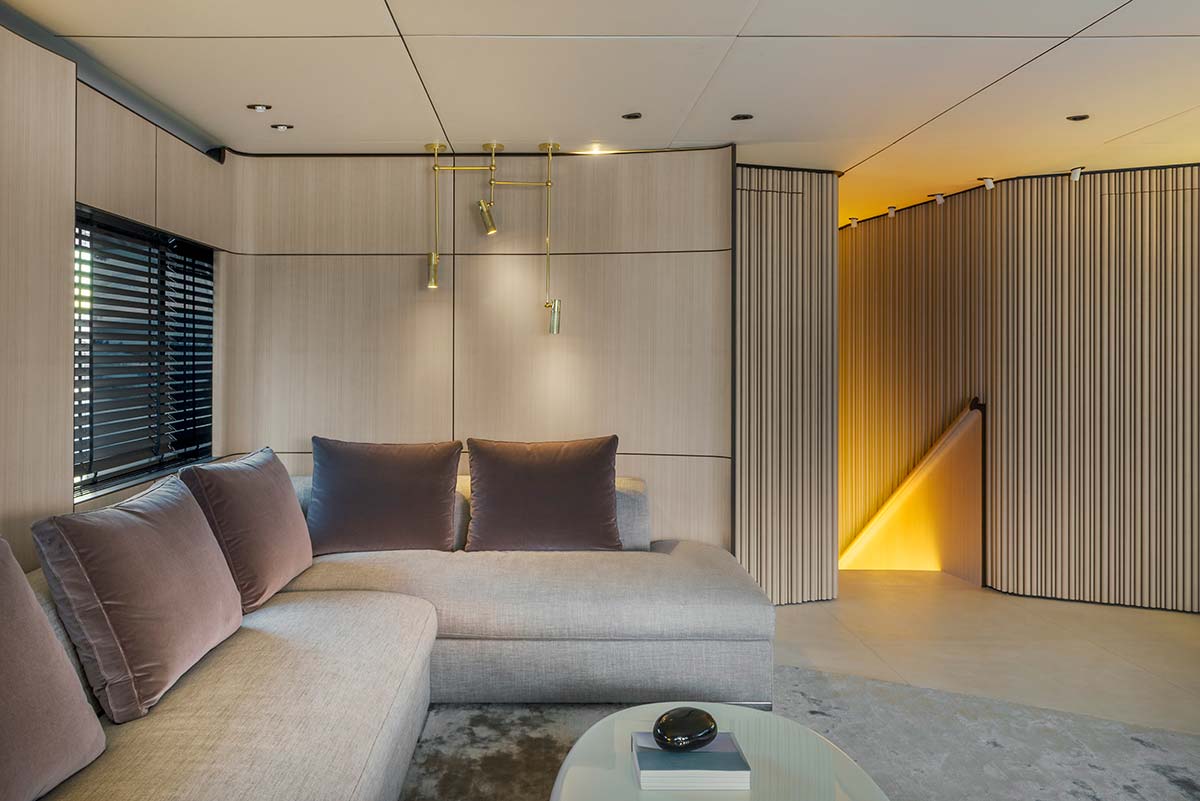
50 meters M/Y Endeavour II by Rossinavi
What is your mission within this originality?
My mission is no different from that of other designers. I think we should focus exclusively on staying true to function and enhancing harmony and beauty. When you betray this philosophy, you undermine the experience. I always try to make sure that the function is untouched, but that there’s also a playful, creative experience that enhances its use.
How would you summarize your approach?
My philosophy is tied to tradition, the platform from which I will always launch into the future. History is a starting point, a way to conquer what I’m looking at using a logic that is always composed and very respectful. I would like to be considered a gentle architect in the way I approach my designs. I don’t consider myself aggressive, I’m not a screamer. I’m a person who tends to do things quietly, looking at the small details without losing sight of the overall harmony.
Photo © Paolo Petrignani, Simon Upton
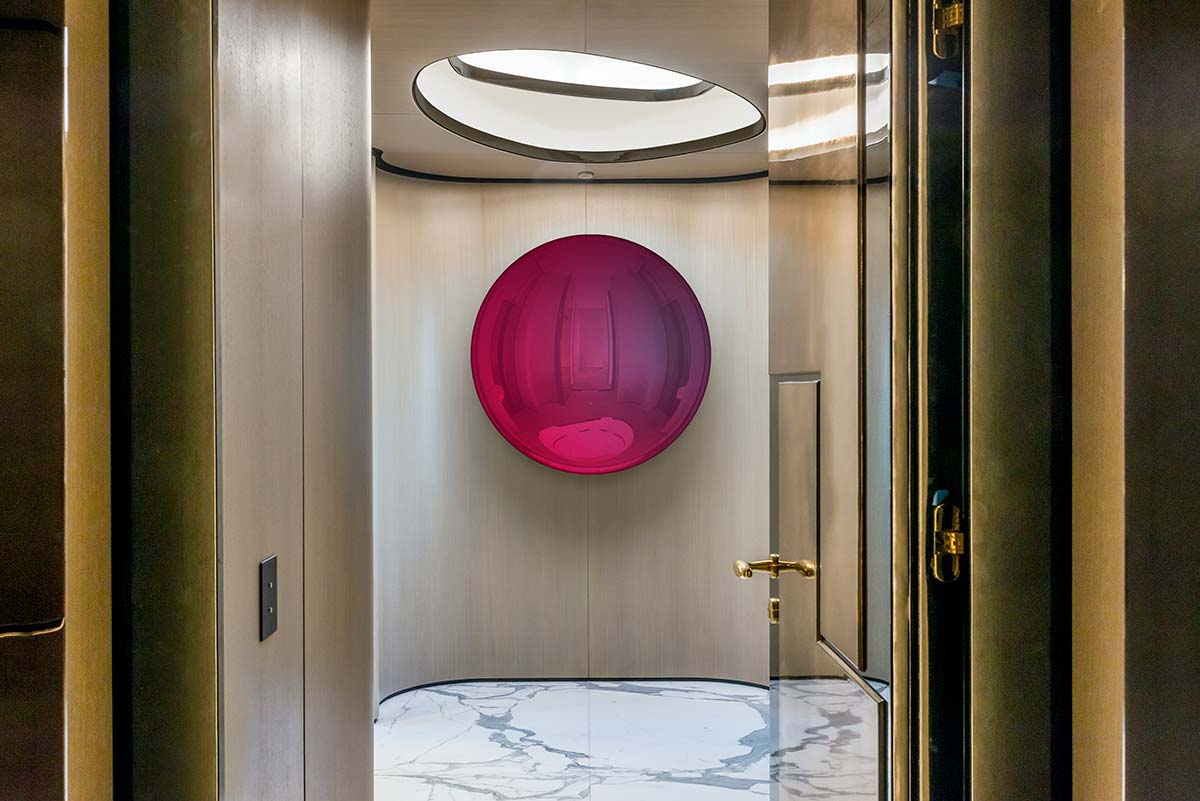
49 meters M/Y Aurora by Rossinavi

